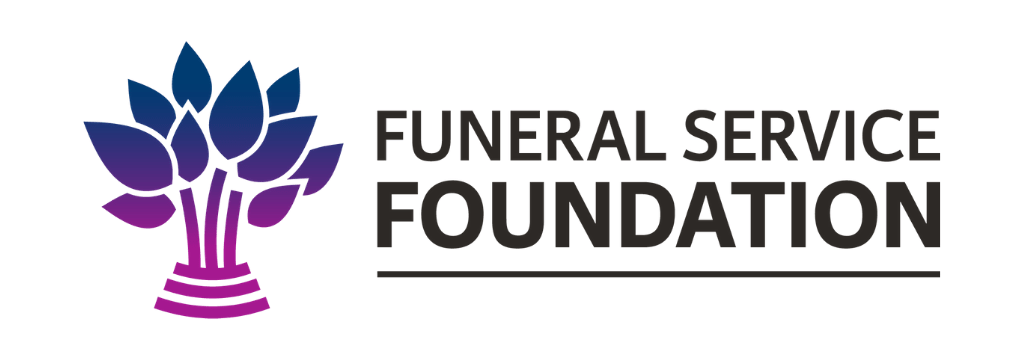The Value Of Life Depends On Where You Die
Originally Published on Travelers United
The line-up of the value of life is not what many would have guessed, although the U.S. is at the top of the valuation chain. So, if you are on a flight that crashes and, heaven forbid, you lose your life, your life may have a very big difference from the value placed on the life of the person sitting to your side.
Here are the value of life figures (in US$) presented at a recent legal conference based on an average 45-year-old wage earner leaving behind a partner and one teenage child. I have ranked them from the most valuable to the least assigned value to a life. The results are amazing. They may be interesting reading for a Sunday morning when many are contemplating the value of a soul.
USA $4,400,500
Brazil $2,500,000
Canada $1,700,000
France $1,400,000
Australia $1,400,000
UK $1,250,000
South Africa $1,100,00
Asia $250,000
These different valuations on the worth of a life on a country-by-country basis also exist within the United States on a state-by-state basis. For instance, in the Continental/Colgan Air crash in Buffalo, NY, back in February 2009, different jurisdictions applied to various portions of the legal case.
Federal preemption applied to questions of safety and whether or not Colgan Air properly trained their pilots, maintained aircraft and followed federal instructions.
However, for punitive damages state law would prevail and that meant that either the case should be held in Virginia, the home of the operating carrier, or in New York, the scene of the crash.
The stakes were massive. Virginia has a total punitive cap on damages of $350,000. New York has no cap. You can imagine where the airline wanted to have the case heard and where the plaintiff lawyers wanted to have the case heard.
Making matters more complex, passengers on the doomed flight were from five states — Connecticut, Florida, New Jersey, New York and Pennnsylvania. Each state’s choice-of-law rules were then examined.
In the end, New York was determined to be the place with the most significant relationship to the crash of Flight 3407. Therefore, New York law governed the punitive damages.
Interestingly, those international passengers flying under the Montreal or Warsaw Conventions could not recover any punitive damages.
In this complex world of airline law that intersects with international law and with state law, there can be very different outcomes solely based on where the cases are heard. That’s why the initial stages of the legal cases determining the proper jurisdiction are of such interest and will shape the final financial compensation received by victims.
This value of human life also affects whether an insurance company will pay for expensive end-of-life and other treatments. The threshold there ranges from $50,000 to $130,000 per year of “quality-adjusted” life. These figures are becoming more and more important for everyone as Medicare and Medicaid look at what procedures are permitable under their systems.
More simply, insurance companies calculate that to make a treatment worth its cost, it must guarantee one year of “quality life” for $50,000 or less. New research, however, would argue that that figure is far too low.
…
Considering both inflation and new technologies in dialysis, [a team of researchers at Stanford] arrived at $129,000 as a more appropriate threshold for deciding coverage. “That means that if Medicare paid an additional $129,000 to treat a group of patients, on average, group members would get one more quality-adjusted life year,” the Stanford Graduate School of Business team says.
So, whether a person dies in a plane crash and is caught in the legal system for compensation or navigating the medical care bureaucracy, the value of human life makes a big difference in any settlements or whether medical procedures are approved.




